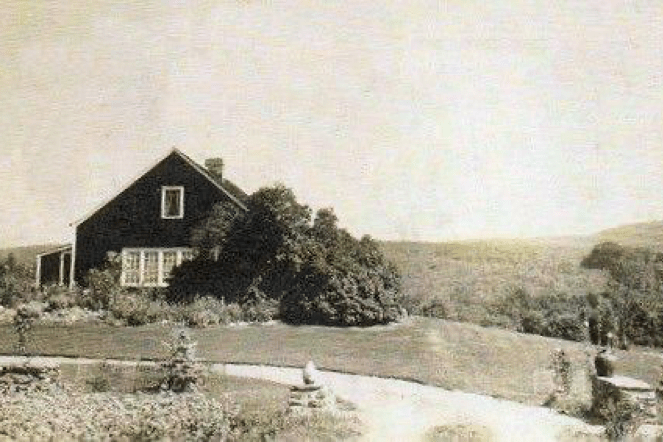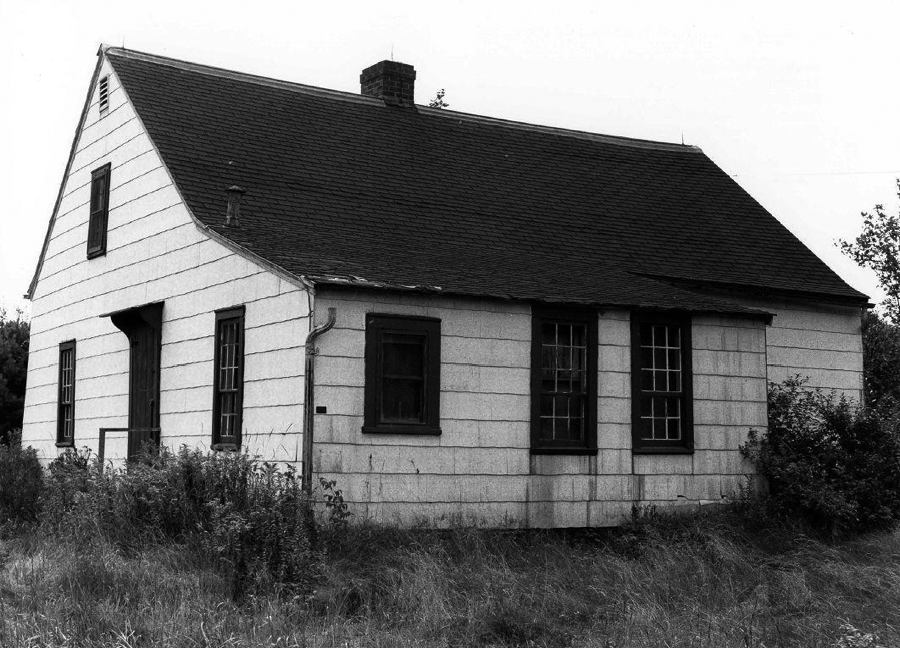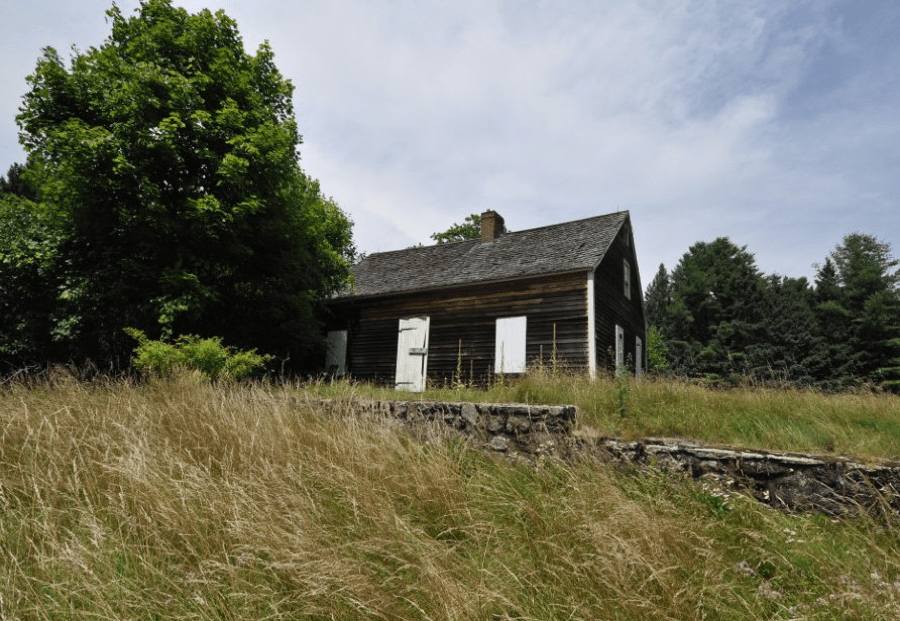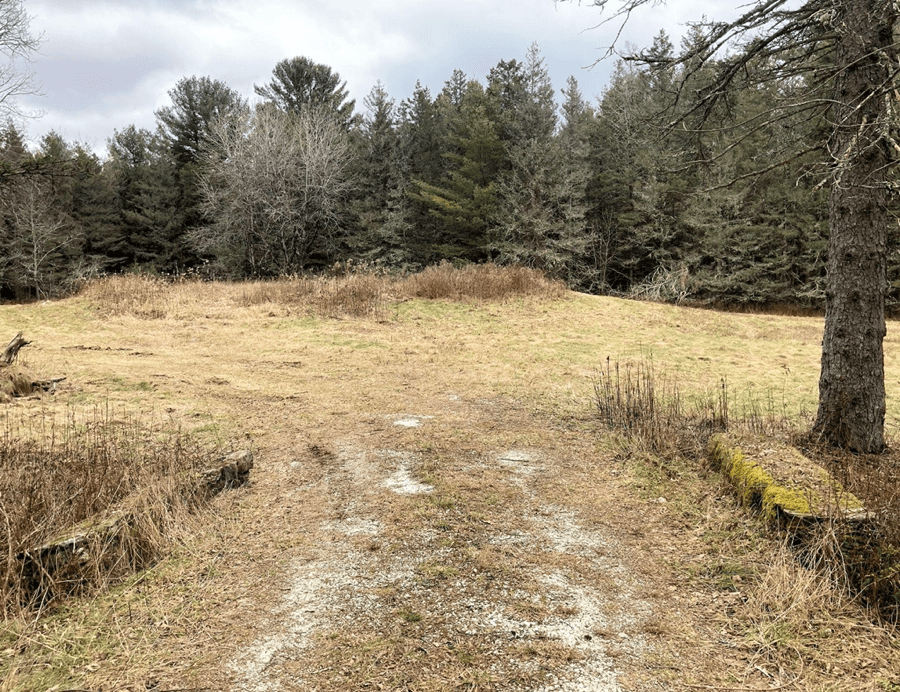Then and Now: Benjamin Osborn’s home

THEN: Benjamin Osborn / Ann Lee cottage in Mount Washington, circa the 1940s-50s. Photo courtesy of Mount Washington Historical Society, Judy Whitbeck Collection.
What is so special about this modest house, and why is it also known as the Ann Lee cottage? It has an interesting connection to the United Society of Believers in Christ’s Second Appearing, better known as the Shakers.
BY GARY LEVEILLE
POSTED ON FEBRUARY 6, 2023
(reprinted by permission)
Mount Washington — Benjamin Osborn’s home was built circa 1759 near present-day West Street in a small settlement known as Taghkanic Mountain. It is shown above in an undated photograph taken circa the 1940s-1950s. For a time, both the colonies of New York and Massachusetts Bay claimed this mountain-top plateau. It is now the tiny town of Mount Washington, Mass.
What is so special about this modest house, and why is it also known as the Ann Lee cottage? It has an interesting connection to the United Society of Believers in Christ’s Second Appearing, better known as the Shakers. In 1781, Mother Ann Lee, founder of the Shakers in the American colonies, and several of her followers went on a lengthy missionary journey to find converts in New England. They often stayed in the homes of local supporters, including Benjamin Osborn’s family. The followers of Mother Ann believed that she was the “second coming” of Christ in female form. She preached that sinfulness could be avoided by treating men and women equally and by practicing celibacy.
During their travels, Mother Ann and her disciples were often attacked, beaten, whipped, and stoned for their beliefs. A Great Barrington resident named Medad Curtiss, who had recently joined the Shakers, saved Mother Ann from yet another attack near Richmond, Mass. in 1783. She then traveled to Great Barrington to bring comfort to several of her followers who had been thrown in jail. Mother Ann passed away in 1784 as a result of her injuries. The Osborn cottage went through several owners over the following centuries and was eventually part of a land parcel deeded to the state.
The black and white photograph shown below was taken in 1984, several years before the structure was placed on the National Register of Historic Places.

THEN: 1984 photo of the Osborn cottage taken by James Parrish.
The color photograph of the house shown below was posted online in 2016. Unfortunately, in recent years the building was unoccupied and not well-maintained.

THEN: Color view of the Osborn cottage posted online in 2016. Photo by “Magicpiano,” courtesy of Wikipedia.
In December 2019, an arsonist burned the place down. The present-day house site is shown in the bottom photograph.

